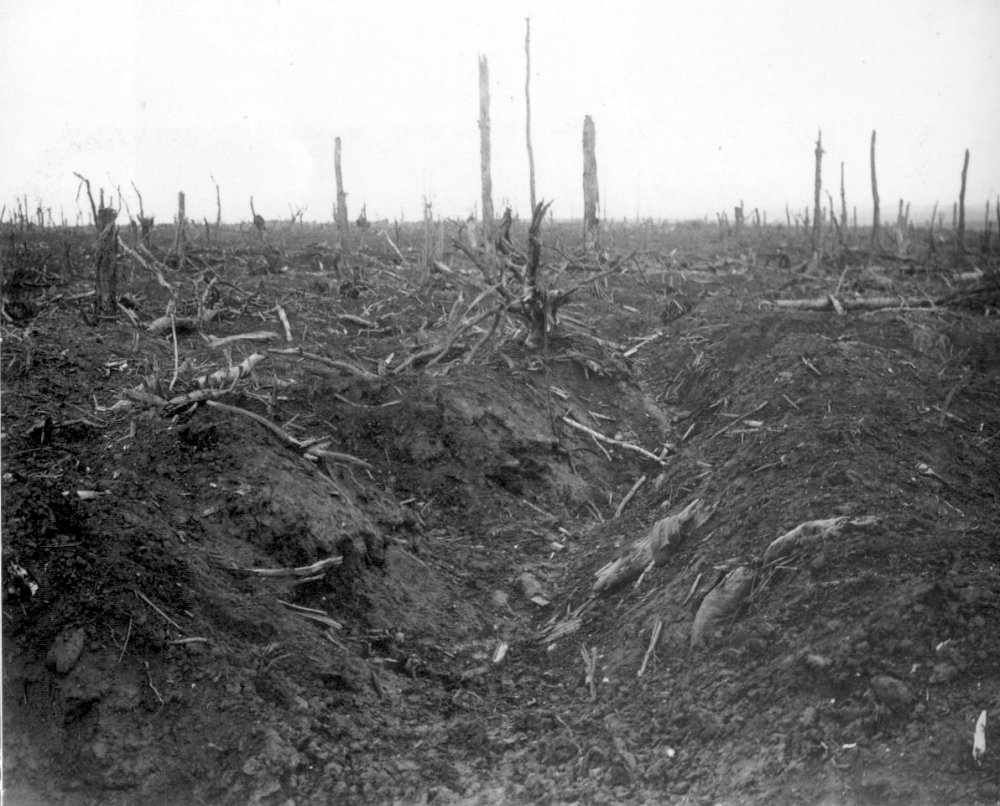The Zone Rouge, or Red Zone as it is known in English, is a quarantine area throughout Northeastern France that the government decided was inhabitable after World War I. Though the area is non-contiguous, it was deemed unfit for life. Originally, the land covered over 1,200 square kilometers. All of it was considered too damaged physically and environmentally for any form of human habitation. As a result, it was left for nature to reclaim it.

It was an idea from the French government to not attempt any immediate cleanup. The thought was a cleanup process would actually be impossible. Today we find the former battlefields are still restricted though the controlled areas are now smaller. Just after World War I, the Zone Rouge was described as completely devastated. Infamously, they wrote: Damage to properties: 100%. Damage to Agriculture: 100%. Impossible to clean. Human life impossible
Under French law, things such as housing, farming, and forestry were all banned permanently in the area. This was because there is still a huge amount of human and animal remains, along with millions of exploded shells. Not to mention, many of them are gas canisters containing deadly chemicals. As a result, some French villages have been lost forever and never rebuilt.
People who do farm the soils where restrictions have been removed find millions of rusty ammunition and grenades. Pollution levels are also very high, with lead, mercury, chlorine, and arsenic in the land. Mostly because both armies built ammunition depots and chemical plants directly on the battlefields.
Every year tons of unexploded shells are recovered, but the Securite Civile agency has estimated it will still take 300 to 700 years to clear the land completely. Attempts to clear the land in 2005-06 were quickly given up when they were finding over 300 shells per 10,000 square meters. Some parts of the land are still deadly, for example, near Ypres and Woevre we find areas where plants still cannot grow.


